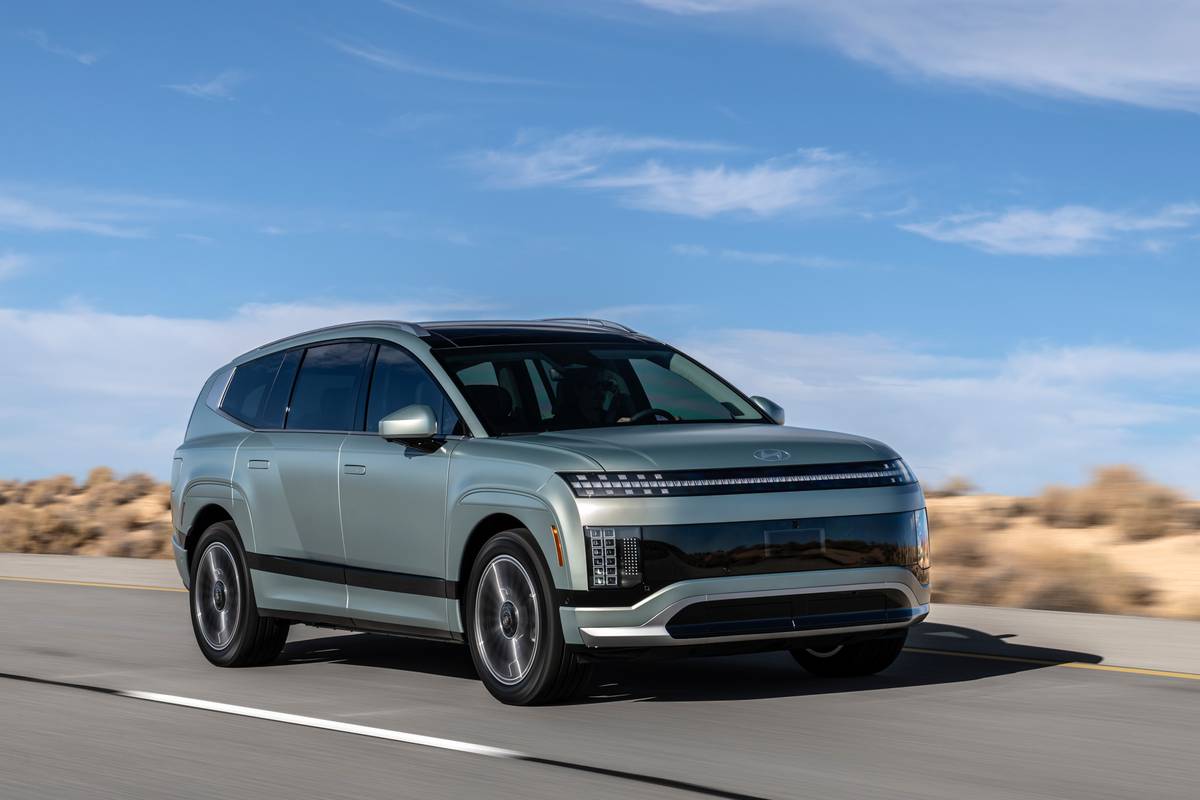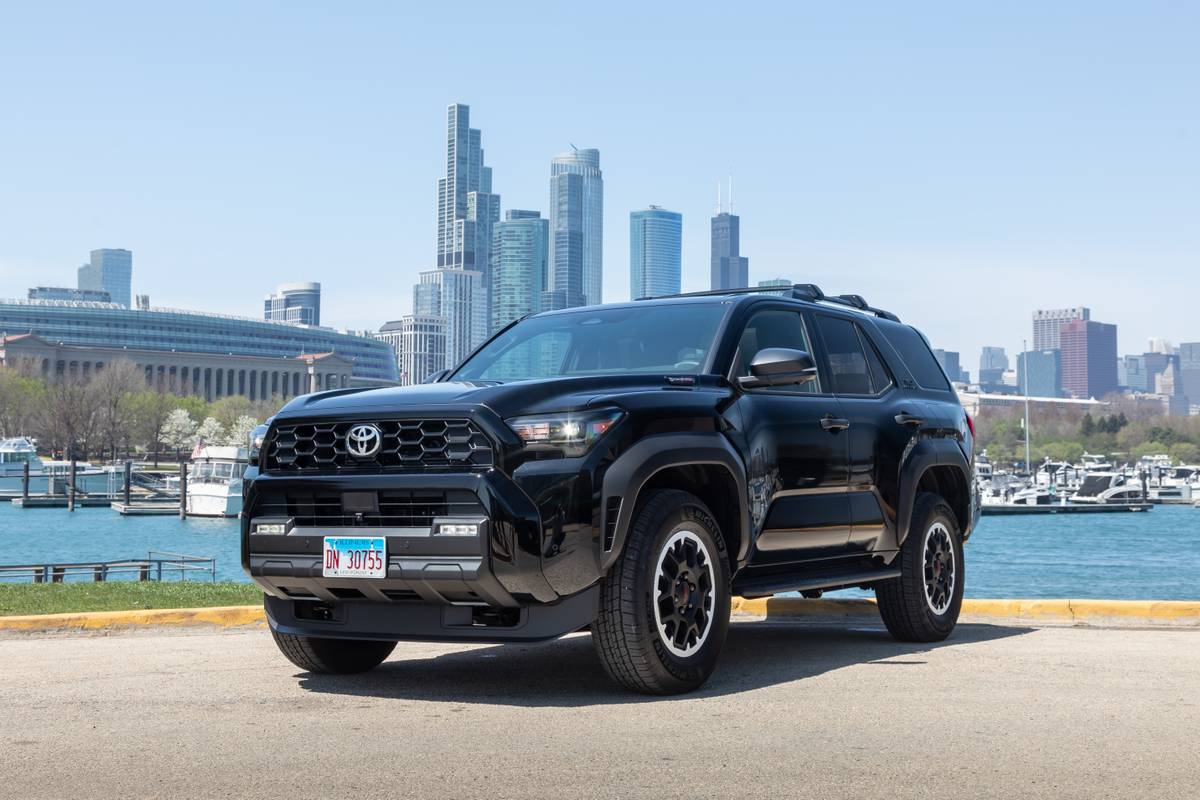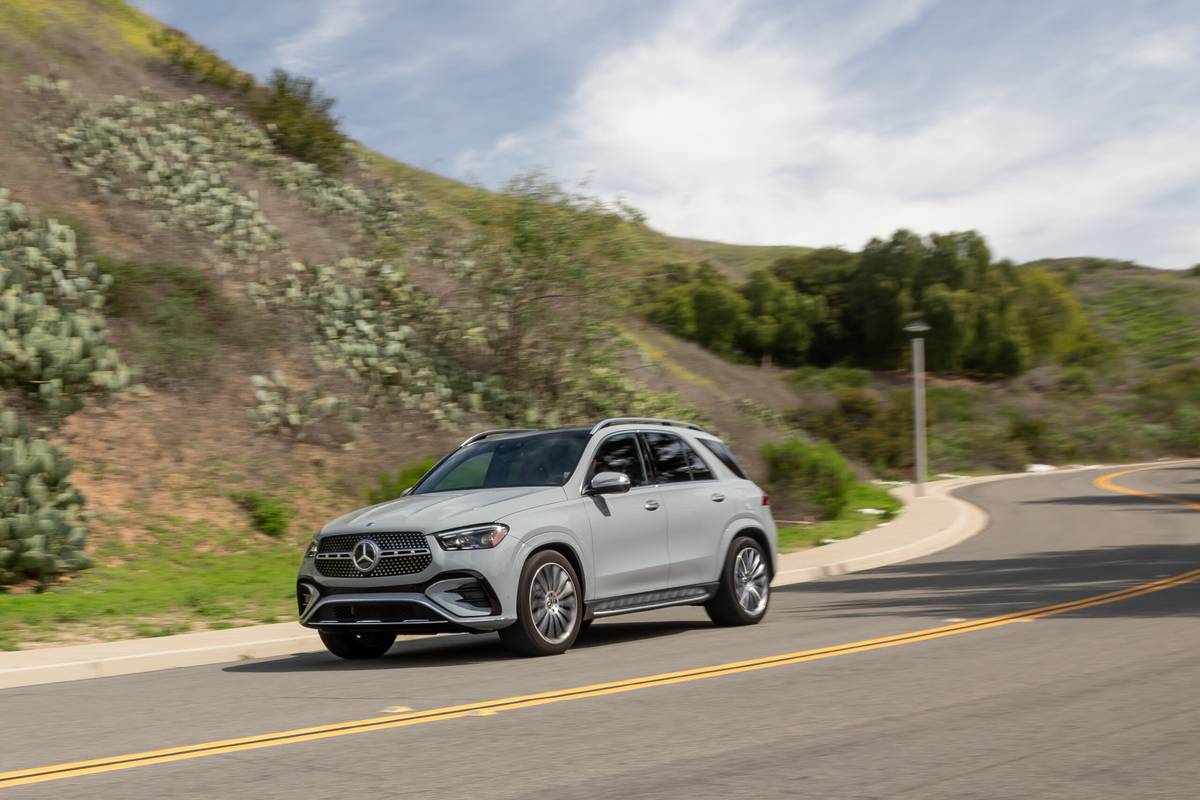Star-Telegram.com's view
The vehicle that started the “sport utility truck” genre this spring moves into its second generation.
It’s the completely redesigned, 2007 Ford Explorer Sport Trac, with a base price of $24,245 (plus $695 freight).
The vehicle tops out at $29,540 (plus freight and options) for the top-of-the-line Limited model with four-wheel drive and a V-8 engine, which is the combination we tested.
Production began in March at the company’s Louisville (Ky.) plant, which also made the first-generation model. The trucks are now arriving at Ford dealerships.
Ford introduced the new Sport Trac at the State Fair of Texas in the fall. As a niche vehicle, the Sport Trac isn’t quite as important to Ford as the F-150, the nation’s leading light-truck nameplate. But the company still expects Texas to be the biggest market for the Sport Trac, which essentially is a crew-cab pickup version of the Explorer sport utility vehicle.
The original Sport Trac came to market in model year 2001 as a new concept in the sport utility segment. It essentially was a four-door Explorer with its cargo area chopped off to create a nearly five-foot pickup bed. Ford called it the first “SUV truck.”
When the redesigned was introduced for 2002, with an new, larger chassis, the Sport Trac remained in production on the older Explorer frame, which originated from the platform of the compact Ranger pickup. Production of the original Sport Trac ended last June, pending introduction of the ’07 model. This time, the Sport Trac makeover follows the redesign of the Explorer, which received a new chassis and other major improvements for 2006. That allows the Sport Trac to use the platform of the newest Explorer model, which should keep it fresh a bit longer than the previous generation. Ford says the new frame is 444 percent stiffer than that of the previous model.
The biggest news is that the Sport Trac gets an optional V-8 engine for the first time.
This 4.6-liter engine is rated at 292 horsepower, and allows the new Sport Trac to tow trailers weighing up to 6,800 pounds (6,640 with four-wheel drive). The base engine remains the German-built 4.0-liter V-6 from the previous model, rated at 210 horsepower and 254 foot-pounds of torque.
A Sport Trac equipped with this engine can tow a trailer weighing up to 5,310 pounds (5,140 with four-wheel drive). This engine meets the same federal emissions standards as the Ford Escape Hybrid, and runs cleaner than a Honda Accord Hybrid, Ford says.
With the V-6, you get a five-speed automatic transmission, while the V-8 comes with a class-exclusive six-speed automatic.
EPA fuel-economy ratings are 15 miles per gallon in the city and 21 mpg on the highway for the V-6 model, while the V-8, which we tested, is rated at 14 city/20 highway.
The Sport Trac features a redesigned exterior that Ford says was inspired by the new Explorer and the current F-150.
The cabin is comfortable yet rugged enough for extreme use. One of the Sport Trac’s attributes has always been its ruggedness, which allowed users to clean it up easily after hauling dirty cargo or getting into the cab with muddy boots on. The floors, with their standard black rubber coverings, can be hosed out, as can the bed.
Options include such amenities as two-tone leather front bucket seats ($995), hard bed cover ($595), power adjustable pedals ($195), Sirius satellite radio ($195) all of which were included on our test vehicle.
Ford says the new model has been designed “to meet all known safety requirements” through 2010, and comes standard with Ford’s AdvanceTrac roll stability control and other safety features.
To get all of the safety features, you will have to pay extra, however. The safety-canopy side air bag system is a $560 option, and was included on our test truck. I would urge consumers to choose this option even though it does cost extra. It’s well worth the money if it saves a life or reduces serious injury in an accident.
As with the original model, the new Sport Trac is identical to the current Explorer from the nose to just behind the front seat.
But from there on back, the vehicle is different, including unique rear doors. Instead of steel, the cargo box is made of composite plastic material that won’t rust or corrode, and it has a molded black plastic bed liner.
The cargo box is notched, “allowing customers to place two two-by-four boards across it to provide tiered storage of materials — including the ubiquitous four-by-eight sheets of plywood,” Ford said.
Three bins inside the box are “designed to maximize cargo-carrying ability and contribute to Sport Trac’s versatility,” the company said.
The bins are equipped with weather-resistant lids and removable drain plugs for storing wet gear or ice.”
These features are in keeping with the Sport Trac’s intended use as a recreational vehicle more than as a traditional pickup.
As with the previous model, an optional aluminum cargo cage can be used as a bed extender, with the tailgate lowered, for hauling longer cargo.
An optional locking hard bed cover ($595), included on our vehicle, turns the cargo area into a large, secure trunk — a feature that also protects cargo from the weather.
The Sport Trac seats five people comfortably — with the same leg, knee, and head room as in the Explorer. This relationship to the new Explorer also means that the Sport Trac is much quieter than before.
Although not often needed here in Texas, a heated windshield is offered — making the Sport Trac the only vehicle in its class with this feature.
Other features of the redesigned Explorer are found in the Sport Trac, including the oddly shaped door handles and the misplaced door-closing grab handles, which are under the front-door armrests.
Because of consumer complaints, Ford has a redesign under way for the door handles of the Explorer, and that change eventually will be extended to the Sport Trac.
Two trim levels are offered, XLT and Limited.
Standard equipment includes AdvanceTrac stability control; a tire pressure monitoring system; seat-mounted front side air bags; tilt steering column; safety belt reminder; engine immobilizer anti-theft system; air conditioning; cruise control; power windows/mirrors/door locks with remote entry; message center with two-line display and digital outside temperature and compass readings; speed-sensitive intermittent wipers; black bodyside cladding and wheel-lip moldings; chrome grille; 16-inch cast-aluminum wheels; 12-volt power outlets in the first and second rows and cargo area; driver and front-passenger vanity mirrors; 3.73 rear axle, standard with V-6 engine; 3.55 rear axle standard with V-8 engine; privacy glass; black roof rails; Class II trailer towing hitch; and both cargo bed storage compartments and tie-downs.
Limited models also get fog lights, automatic headlights, a monochromatic exterior, 18-inch machined-aluminum wheels with P235/65R18 all-season tires, silver step bars and roof rails, leather-wrapped steering wheel and shift knob, and a six-way power-adjustable driver’s seat .
The base stereo system comes with a single-disc CD player with MP3 compatibility, but an upgraded Audiophile system is available with a six-disc, in-dash CD player ($560). The radio, however, can be quite annoying to tune to distant stations, as it has just a “seek” tuning function that lands only on stronger stations, and there is no knob that allows the user to dial in a specific frequency.
Rear-wheel drive is standard, but Ford’s Control Trac four-wheel-drive system is available with either engine. It includes a two-speed transfer case for serious off-road driving in low range.
The four-wheel-drive system, which was included on our test model, is controlled by pushbuttons in the center dash stack.
Other extras on our truck included the “Limited electronics package” ($570), which tacked on a driver message center and steering-wheel controls for the audio and climate-control systems; a “convenience package” ($195), which included an electrochromatic rearview mirror; a Class III trailer-towing package ($150); and a cargo cage/bed extender ($195).
The fuel tank holds 22.5 gallons of gasoline, and regular unleaded is recommended.
At a Glance – 2007 Ford Explorer Sport Trac
The package: Midsize, rear- or four-wheel-drive, four-door, five-passenger, V-6 or V-8 powered, sport utility truck.
Highlights: Completely redesigned for 2007, this is the second generation of Ford’s popular sport utility truck, which was originally introduced for 2001. It rides on a new frame, with a carryover base V-6 and for the first time, the option of a 4.6-liter V-8 that gives it more towing capacity.
Negatives: Poor fuel-economy; limited cargo space in the bed.
Engine: 4.0-liter V-6, 4.6-liter V-8.
Transmission: Five-speed automatic (V-6); six-speed automatic (V-8).
Power/torque: 210HP/254 foot-pounds (V-6), 292HP/300 foot-pounds (V-8).
Length: 210.2 inches.
Curb weight: 4,516-4,793 pounds.
Fuel capacity/type: 22.5 gallons/unleaded regular.
Payload: 1,350-1,390 pounds.
Towing capacity: 5,140-6,800 pounds, depending on configuration and engine.
EPA fuel economy: 14 city/20 highway (V-8), 15 city/21 highway (V-6).
Major competitors: Chevrolet Avalanche, Honda Ridgeline.
Base price range: $24,245-$29,540 plus $695 freight.
Price as tested: $34,325 (V-8 four-wheel drive Limited model, including freight and options).
On the Road rating: HHHH (four stars out of five; points off for poor fuel economy).
Prices shown are manufacturer’s suggested retail; actual selling price may vary according to manufacturer and/or dealer rebates, discounts and incentives, if any.
G. Chambers Williams III is staff automotive columnist for the San Antonio Express-News and former transportation writer for the Star-Telegram. His automotive columns have appeared regularly in the Star-Telegram since 1995. Contact him at 210- 250-3236; chambers@star-telegram.com.
Latest news


10 Biggest News Stories of the Month: Toyota 4Runner Eases on Up, Hyundai Tucson Takes Up Space

